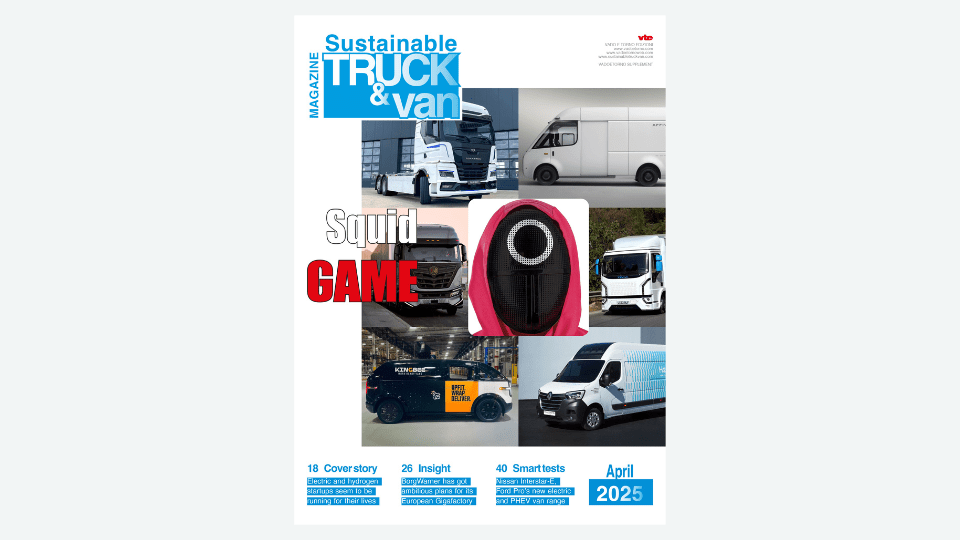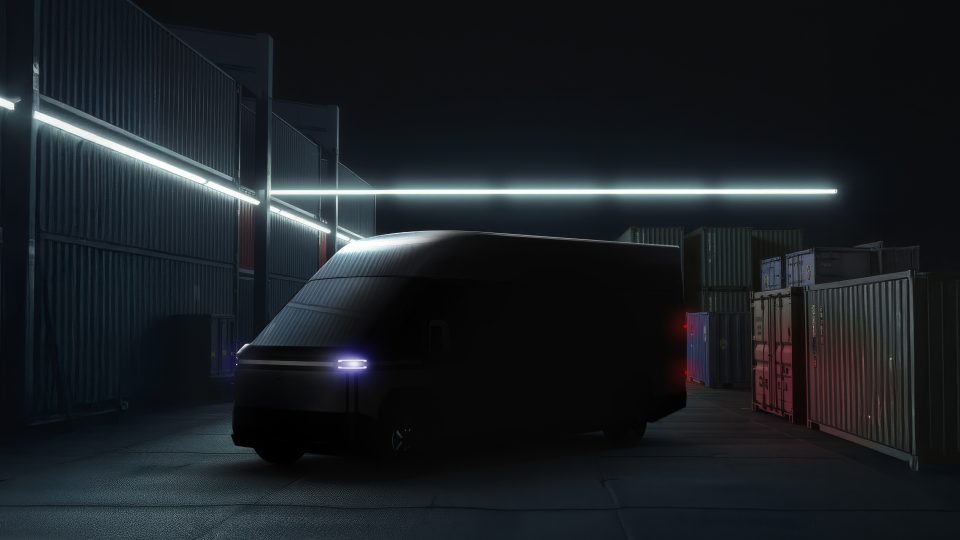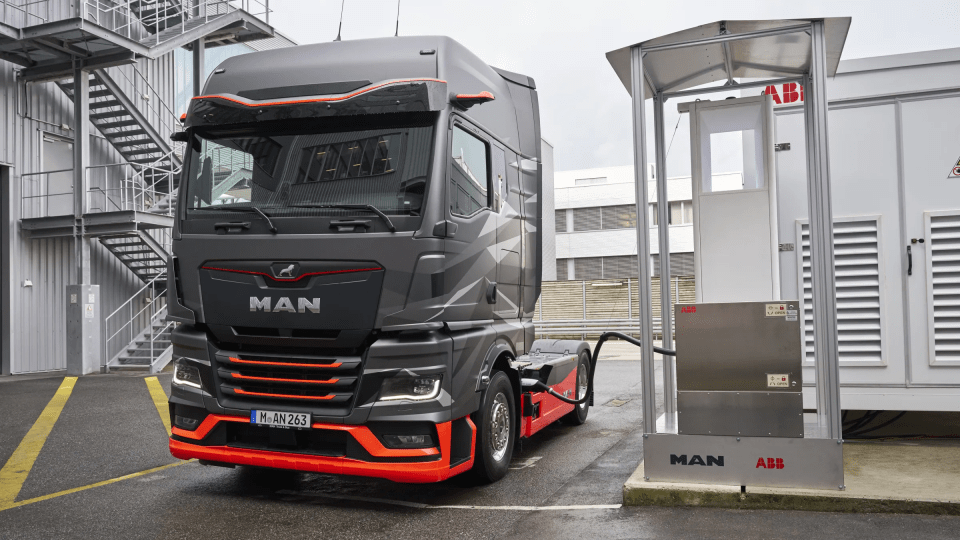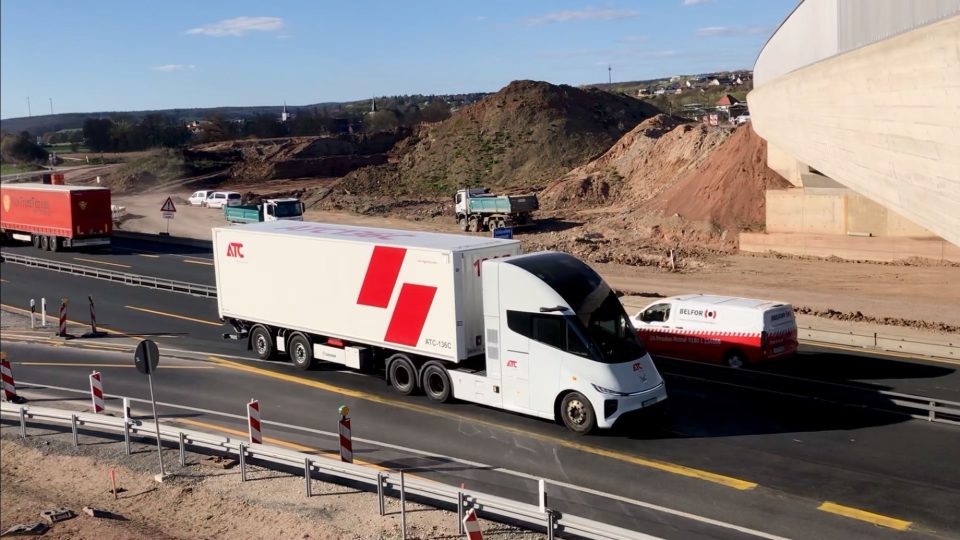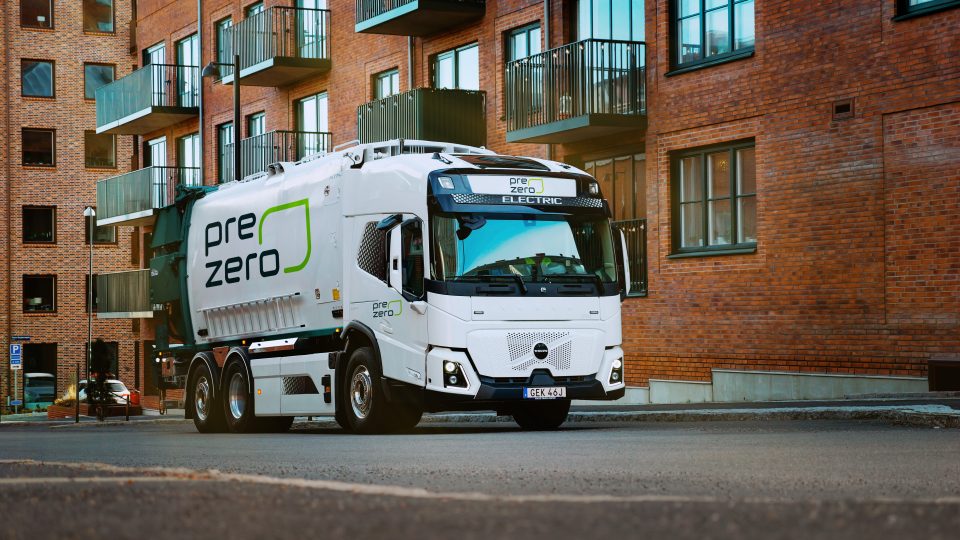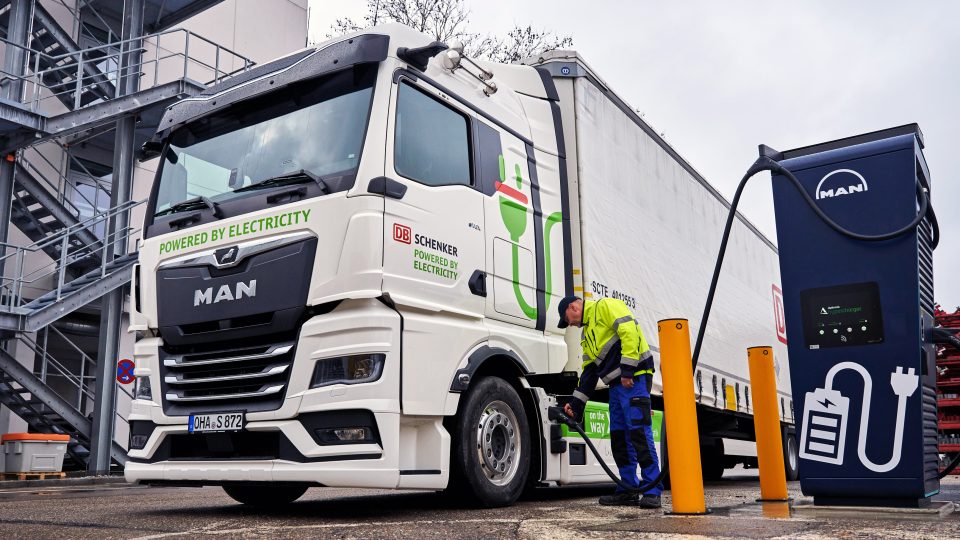Scania managed to improve power, range and charging capacity of its electric trucks
With updated urban battery electric vehicles including new green battery packs and e-adopted chassis, and services such as Scania Charging Access, Scania’s offer has now reached a further step in view of electromobility. Production will now commence in Södertälje, Sweden, for trucks with R and S cabs with 400 or 450 kW of engine power.
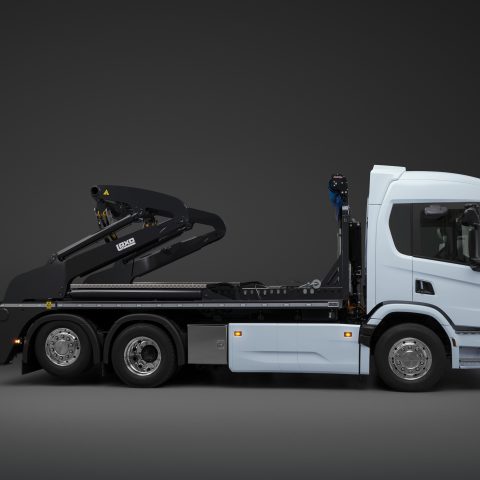
With updated urban battery electric vehicles including new green battery packs and e-adopted chassis, and services such as Scania Charging Access, Scania’s offer has now reached a further step in view of electromobility. Production will now commence in Södertälje, Sweden, for trucks with R and S cabs with 400 or 450 kW of engine power, sufficient for a broad variety of truck applications.
Scania’s next level of regional battery electric trucks can be up to 64 tons, the range is up to 390 kilometres, the charging capacity is up to 375 kW and the top power levels – 400 or 450 kW (circa 610 hp) – have been made higher.
Scania’s electric trucks: some key features
Scania’s latest electric trucks are offered as both rigids and tractors. Both R- and S-series cabs are available. Ranges will, as always, vary with weight, operation, weather, driving style and so on, but a 27-tonne city tipper with six batteries can expect up to 350 km between each charging. One hour of charging will then add 270 km of range. And it does not take the highest available charge points with 350 kW for achieving reasonable charging times: a 130 kW charger will add 100 km of range in one hour for a truck that uses 1.3 kWh/km.
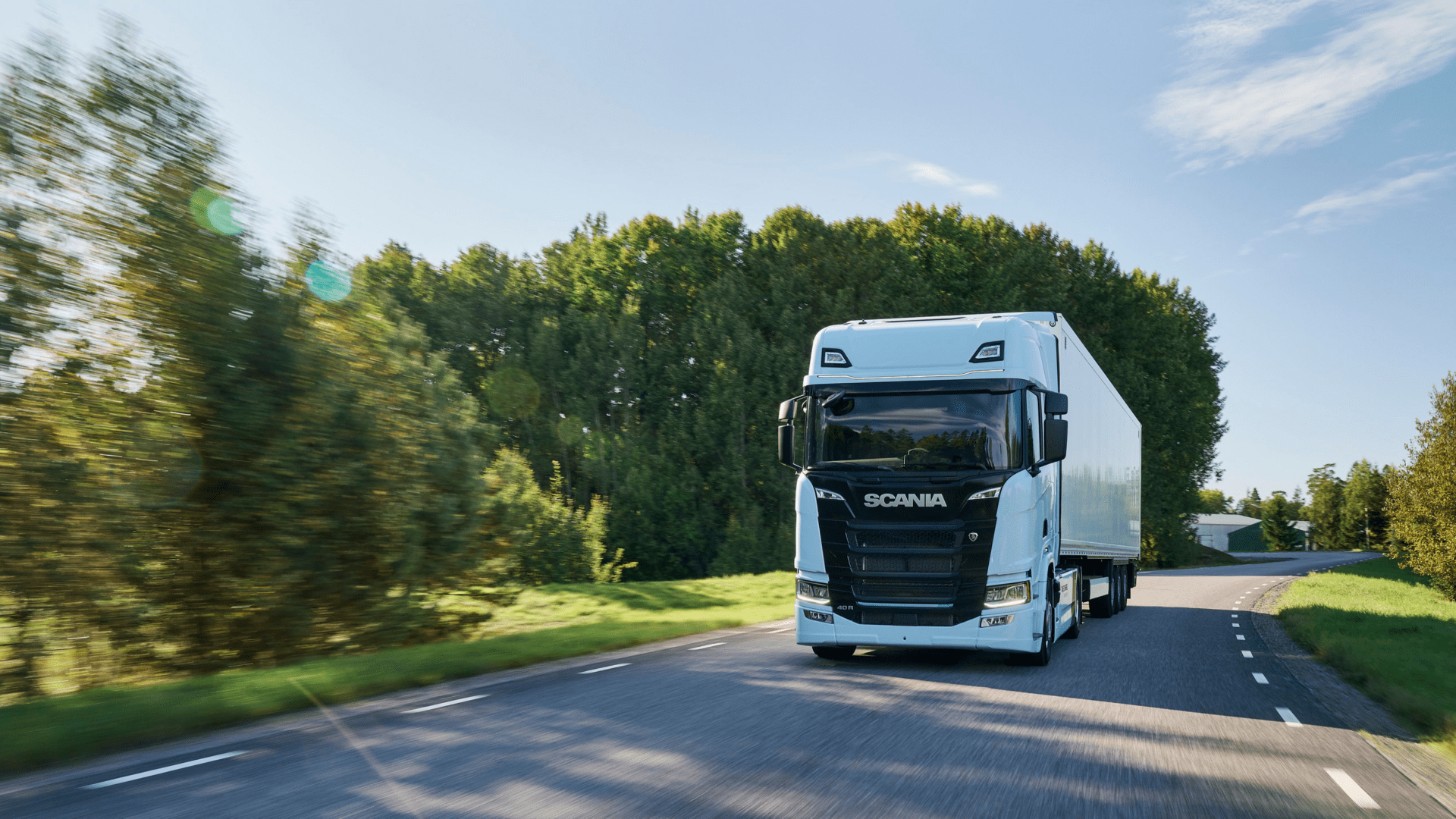
Improving efficiency and lifespan of truck batteries
As for batteries, Scania is using cells from the Swedish manufacturer Northvolt, which have the capacity for powering trucks for 1.5 million kilometres. Their carbon footprint is approximately one-third of a comparative industry reference. According to Scania, one of the main strengths of their batteries is about charging characteristics. Unlike many other battery packs, those batteries can be charged repeatedly up to 100% of the SOC-window without any impact on their lifespan. And they have a straight charging curve, which means that they charge with the same speed when almost full as when they are close to empty. The straight charging curve gives predictable charging times and the long battery life secures a low total cost of ownership.
“We believe that charging issues will be regarded as less problematic when people learn more about how batteries work in reality,” said Fredrik Allard, Senior Vice President and Head of E-mobility at Scania. “When we analyse operational patterns, it often becomes evident that the vast majority have all the range they need, with a margin. Tippers and other kinds of rigid-based applications often do fewer than 200 kilo-metres per day when operating in urban areas. If they charge at their home depot and join Scania Charging Access for back-up, range would not be an issue for them.”



